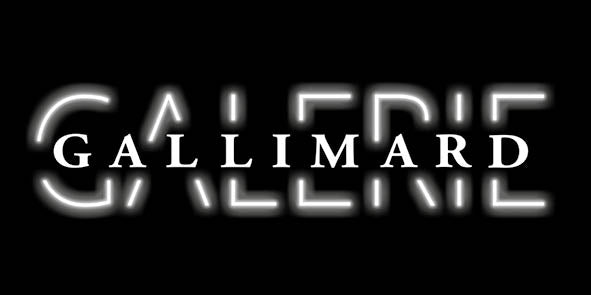From the NRF gallery to the Gallimard gallery
NRF Gallery, Pléiade Gallery, Gallimard Gallery
Gaston Gallimard spent his youth surrounded by works of art and rare books. His father, Paul, was a great collector of impressionist prints and paintings; close to Auguste Rodin, he had him decorate his own drawings with copy of the original edition of Fleurs du mal.
Eager to try his hand at being a gallery owner himself, Gaston Gallimard, as soon as he settled on rue Sébastien-Bottin in 1929, decided to rely on André Malraux, then a reader and artistic director of his house, to create his own gallery. art. On January 22, 1931, the first floor of the new headquarters of Éditions Gallimard was inaugurated. NRF Gallery , with the exhibition of “Quarante statues gothico-bouddhiques du Pamir”, brought back from the Orient by André and Clara Malraux. A small catalogue was published on this occasion and the exhibition travelled to New York and London. In addition to a second exhibition of the same type, the Gallery presents contemporary works by George Grosz (1931), Jean Fautrier (1932) and Koichiro Kondo (1932), as well as pieces illustrating "L’art des nomades de l’Asie centrale" (1931), “La peinture abstraite en Chine du XVIIe siècle à nos jours" (1932), "Esquisses indo-persanes" (1932), "Fresques persanes" (1932) and "Peintures soviétiques" (1933). The experiment lasted three years.
After the war, with the extension of the publisher's headquarters through the purchase of the Hôtel Bochard-de-Saron, Gaston Gallimard installed a new Gallery in the salons of the rue de l'Université, henceforth called Galerie de la Pléiade . Works by contemporary painters such as Mario Prassinos (friend of Raymond Queneau and Albert Camus), André Marchand and Élie Lascaux will be presented there, then in 1946 graphic works by André Masson and drawings by writers ( "If you know how to write, you know how to draw.") Jean Paulhan also recommended to Gaston Gallimard to exhibit there works of Art Brut, so dear to his friend Jean Dubuffet, and which would be stored and exhibited at Gallimard from 1948. , in the pavilion at the bottom of the garden. In 1951, the Gallery ceased all activity, André Malraux then adopting this name for the collection bringing together at Gallimard, from 1951 to 1957, his own writings on art.
With the Gallimard Gallery In 2017, the dialogue between art and literature took place again within the walls of the publishing house.
